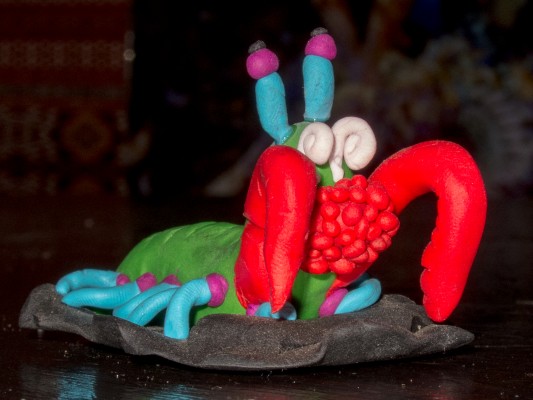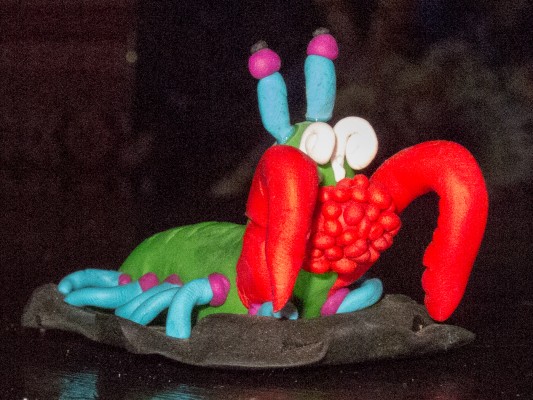LembehR&Critters
Contributor

On select Tuesdays, Cameras@Lembeh (the first and only Photo & Video Center in Lembeh Strait) the photo center for Lembeh Resort and Critters@Lembeh, will feature Tips and Techniques by Photo Pro Sascha Janson. Sascha will offer up a range of information, you never know what piece of wisdom he will impart.
Sascha says: Use the lowest ISO number possible!
I often get to see peoples images on their cameras and Im always curious to know what setting was used. Sometimes I find out that the ISO setting is at a very high number. On the cameras screen, the image still looks nice, but on a larger monitor (or if we zoom in on the camera) were able to see noise in the image when the ISO number is too high (especially in the darker areas of the image where the noise appears first). To avoid the grainy look, use a lower ISO number (if possible).
What is ISO?
ISO refers to the light sensitivity of your cameras sensor. The lowest number like 80, 100 or 160 (depending on camera model) produces the best quality image, because the noise is kept to a minimum. Using a high number such as 1600 ISO introduces digital noise to the image and we will get a grainy looking image. High-end Pro DSLRs are almost noise free even at very high ISO numbers, but for compact cameras it is very important to use a low ISO number to keep the image clean of noise.
So why would I change it then?
In low light situations we sometimes end up dialing in our settings for aperture, but because it is too dark we would have to use a shutter speed so slow that it would be impossible to hold the camera in our hand(s). This is when we use a higher ISO number to make the cameras sensor more light sensitive. There is no real need to do that for macro photography, because our strobes are powerful enough to light up the subjects, but for shooting wide-angle sometimes theres not enough light (e.g. shooting in caves, shooting with ambient light or shooting at sunset), and we might have to set a higher ISO number.

Fimo mantis shrimp with eggs courtesy of Dimpy Jacobs Image taken with Canon PowerShot S95 ISO 80

Image taken with Canon PowerShot S95 ISO 3200
Looking on the LCD screen on the camera its almost impossible to see the difference, but once you look at them on a larger screen, youll be able to see the noise. To see the massive difference, click on the two images above.
To get the best possible result, keep your cameras ISO number as low as possible!
Stay tuned for more Tuesday Tips & Techniques or to view Sascha's past Tips & Techniques go to Photo Center - Lembeh Resort and Critters@Lembeh in North Sulawesi, Indonesia




